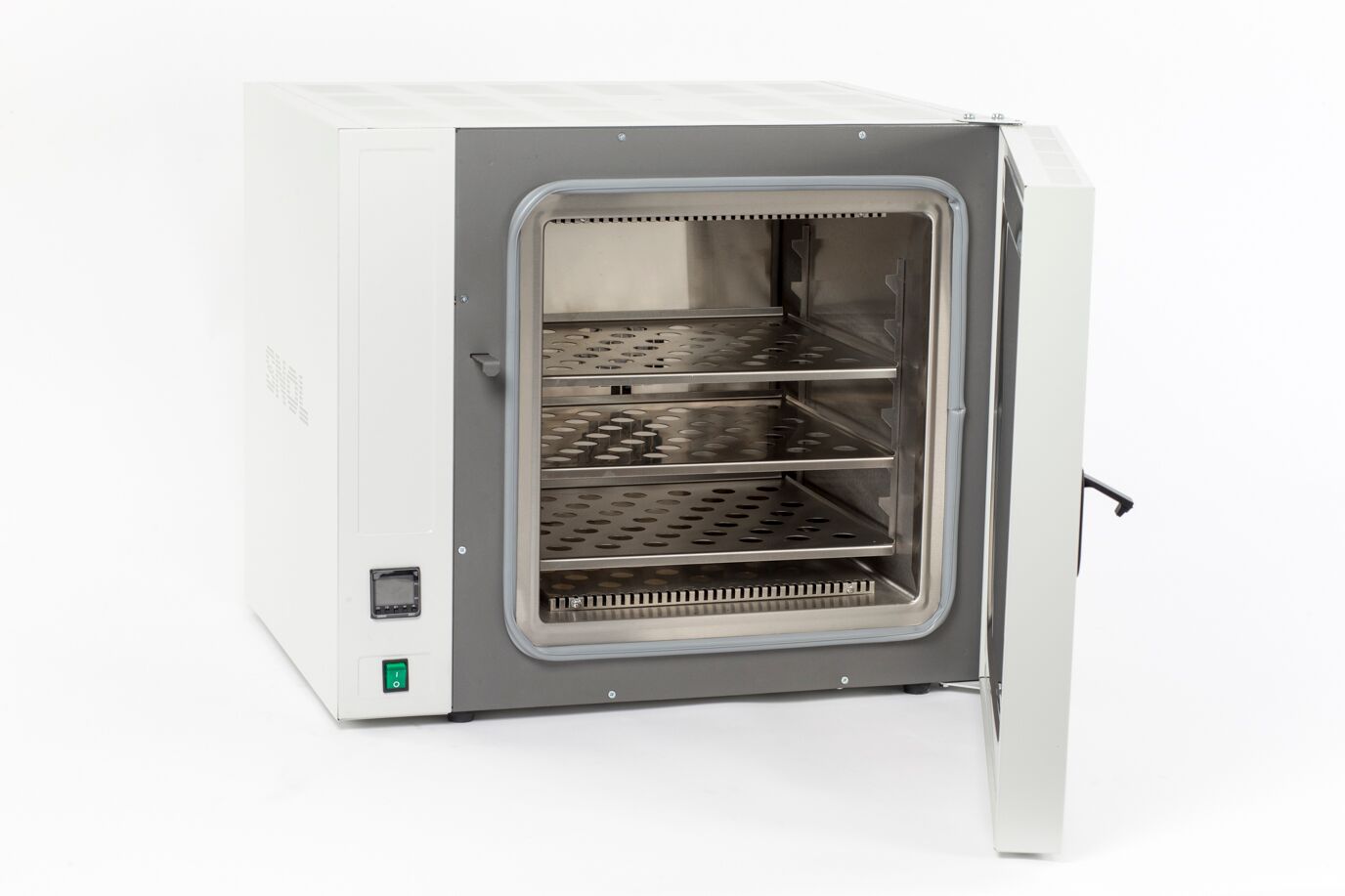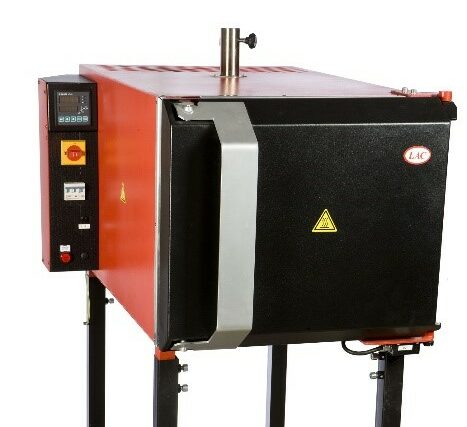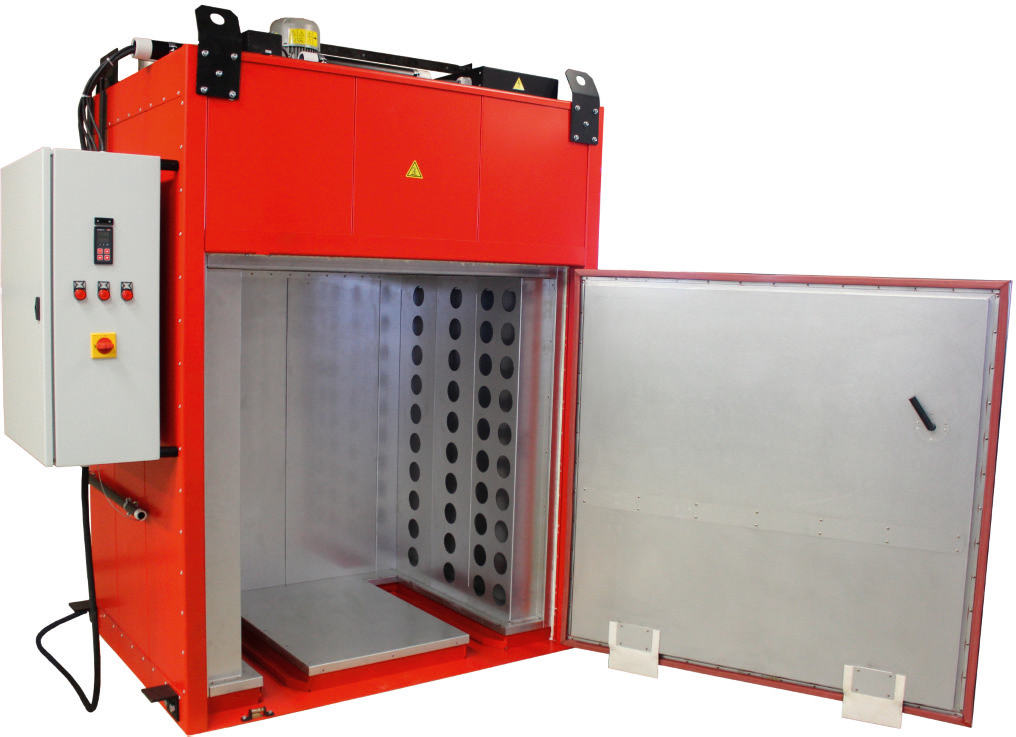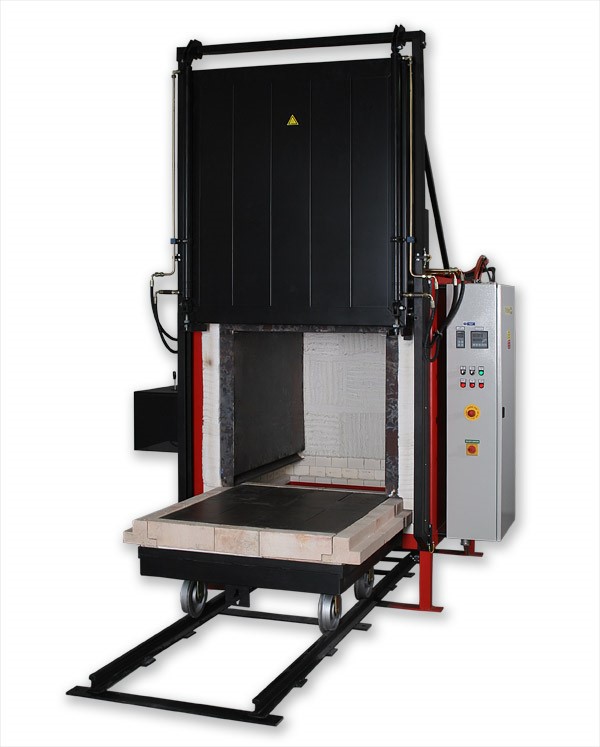Drying, tempering & ageing – Efficient heat treatment with convection ovens in an industrial environment
Heat treatment with convection ovens is carried out using uniform hot air circulation, which heats workpieces precisely. Typical applications include annealing, hardening and tempering in the metal, automotive and aerospace industries. Air circulation ovens offer homogeneous temperature distribution, high energy efficiency and process control. They improve mechanical properties such as hardness, toughness and stress relief. Electrically operated convection ovens are more environmentally friendly than gas ovens and enable flexible heat treatment processes. Their use optimizes material properties and extends the service life of components, making them essential for precise and reproducible industrial manufacturing processes.
What is meant by drying, tempering and ageing?
Drying – Optimum moisture control for different materials
Drying with heat refers to the process in which moisture is removed from materials or products by applying heat. Water or other liquids are evaporated by increasing the temperature and reducing the humidity.
A convection oven from our portfolio increases the temperature of the workpiece and thus ensures the heating/drying of the material. Heating is typically achieved by generating hot air circulation.
Applications:
- Preparation for coatings (e.g. painting, powder coating)
- Removal of cleaning agents after surface treatment
- Moisture removal before heat treatment to prevent oxidation or defects.
Controlled drying with heat improves product quality, increases shelf life and optimizes the production process.
Tempering – targeted change of the material structure
In industry, tempering refers to a heat treatment process in which materials are heated to a certain temperature over a longer period of time and then cooled down in a controlled manner. The aim is to reduce mechanical stresses, improve material properties or achieve structural changes.
Applications of tempering
Metal industry:
- Reduction of internal stresses after casting or welding
- Improving the toughness and reducing the brittleness of hardened steels
Plastics industry:
- Optimizing the dimensional stability of injection-moulded parts
- Reduction of residual stresses in thermoplastic materials
Glass industry:
- Increased breaking strength through thermal post-treatment (e.g. safety glass)
Typical applications can be found in the automotive, aviation and tool industries. The process optimizes material properties and increases the durability of components.
Ageing – stabilization of materials over time
Ageing in industry refers to a heat treatment process in which materials – usually metals or alloys – are kept at a moderate temperature over a longer period of time in order to specifically change their properties.
Areas of application:
- Aluminum alloys: Improvement in hardness through natural or artificial agein
- Steels: Increased strength and reduction of internal stresses.
- Plastics: stabilization and improvement of mechanical properties.
Ageing usually takes place in a convection oven at temperatures between 100-250 °C and takes hours to weeks. It optimizes the microstructure of the material, improves strength, hardness and dimensional stability and is used in the aerospace and automotive industries, for example.
Which industrial furnaces are suitable for drying, tempering and ageing?
Convection furnaces – maximum efficiency through controlled air circulation
Air circulation furnaces use a fan to distribute heated air evenly throughout the oven chamber. This creates a constant temperature distribution, which enables precise and efficient heat treatment.
Advantages over convection furnaces:
✅ Uniform heating through continuous air circulation
✅ Higher energy efficiency as heat is better utilized
✅ Faster heating and shorter process times
✅ Better temperature control for reproducible results
✅ Versatile use for annealing, tempering, drying, ageing or tempering
Advantages of convection ovens:
✅Energy efficiency – The even air circulation ensures optimum heat transfer, reduces energy losses and lowers operating costs.
✅Temperature stability – Homogeneous temperature distribution prevents local overheating or cold areas, which enables precise heat treatments.
✅Flexibility in the application – Suitable for various processes such as annealing, hardening, tempering and drying of metals, plastics and ceramics.
✅Faster heating – Efficient air circulation shortens heat-up times and increases productivity.
✅Consistent quality – Reproducible results improve material properties and increase process reliability.
How do I find the right convection oven for my process?
Choosing the right convection furnaces depends on several factors that need to be tailored to your specific process:
- Temperature range: Bestimmen Sie die erforderliche Temperatur für Ihre Anwendung (z. B. 100–250 °C für Trocknen).
- Oven size and capacity: Consider the dimensions and quantity of the workpieces to be treated in order to select the appropriate oven chamber.
- Heating capacity and heat-up time: A powerful heating system reduces process times and increases efficiency.
- Temperature accuracy and distribution: High-quality air circulation systems ensure uniform heating without temperature deviations.
- Control and automation: Digital controls enable precise temperature control, programming and monitoring.
- Safety requirements: Look out for safety functions such as overheating protection or explosion-proof models for solvent-based processes.
- Industry requirements: Different industries (automotive, aviation, medical technology) have specific standards and certifications.
Conclusion: Define your process requirements precisely and compare different models in terms of performance, efficiency and control to find the optimum convection oven for your application.
We will be happy to advise you!
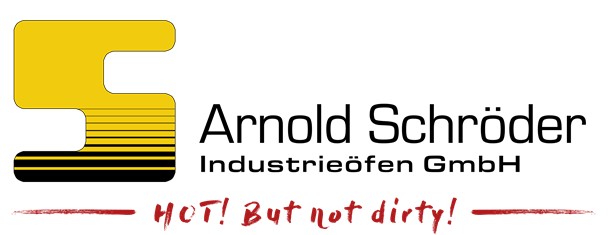

 Deutsch
Deutsch